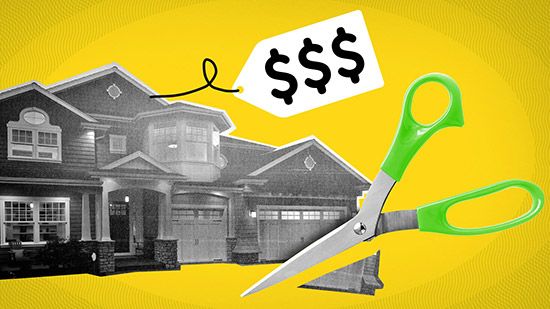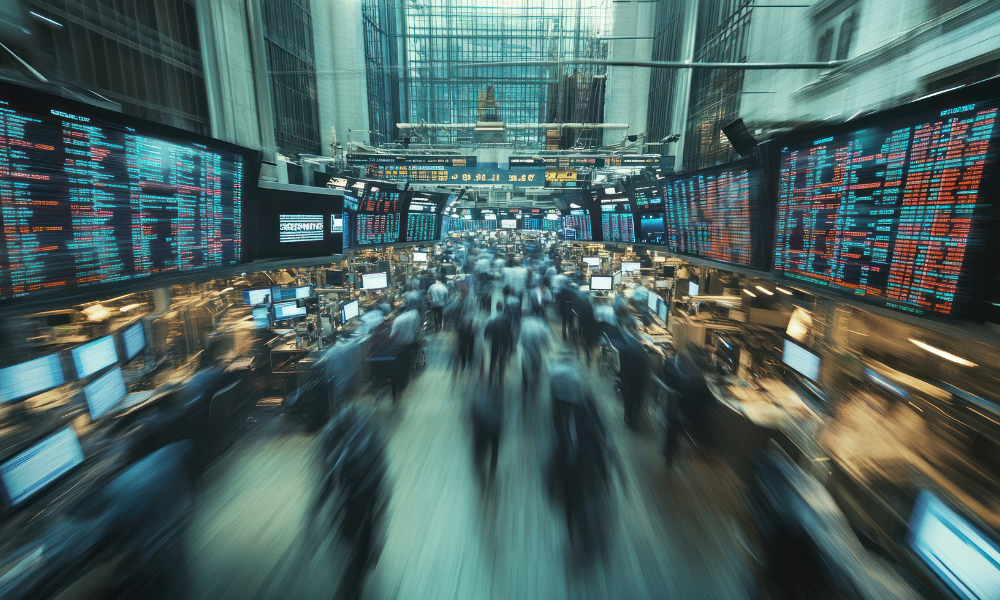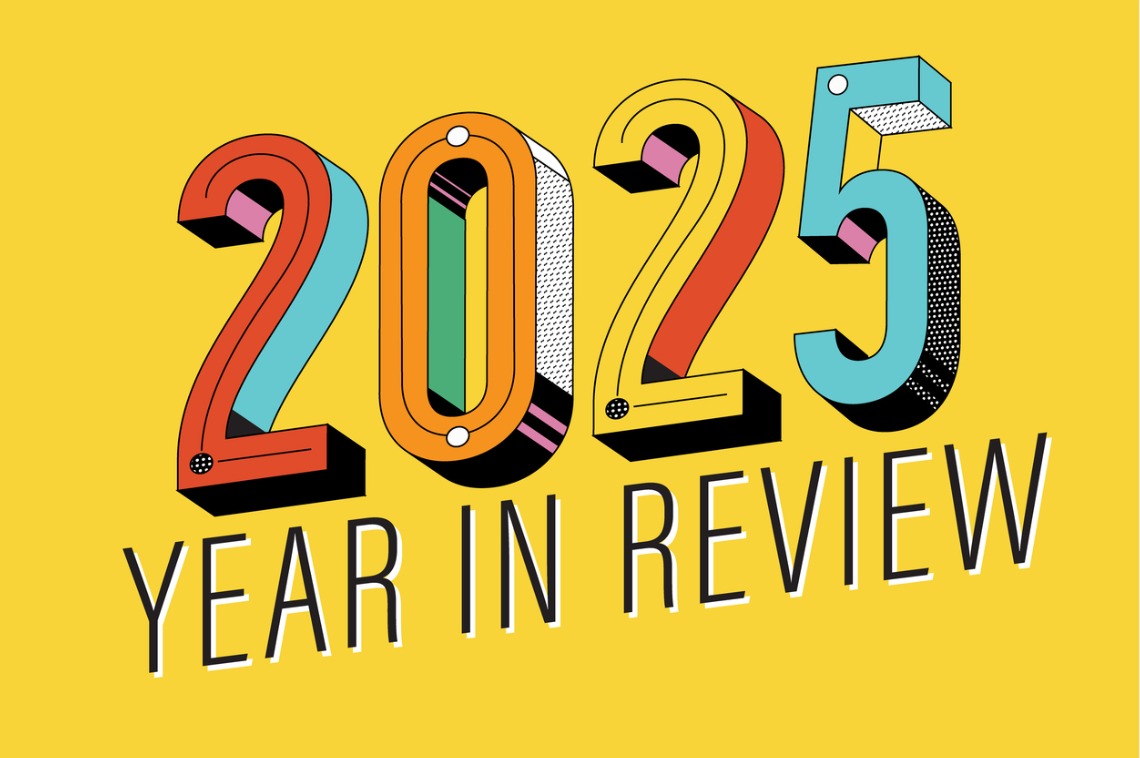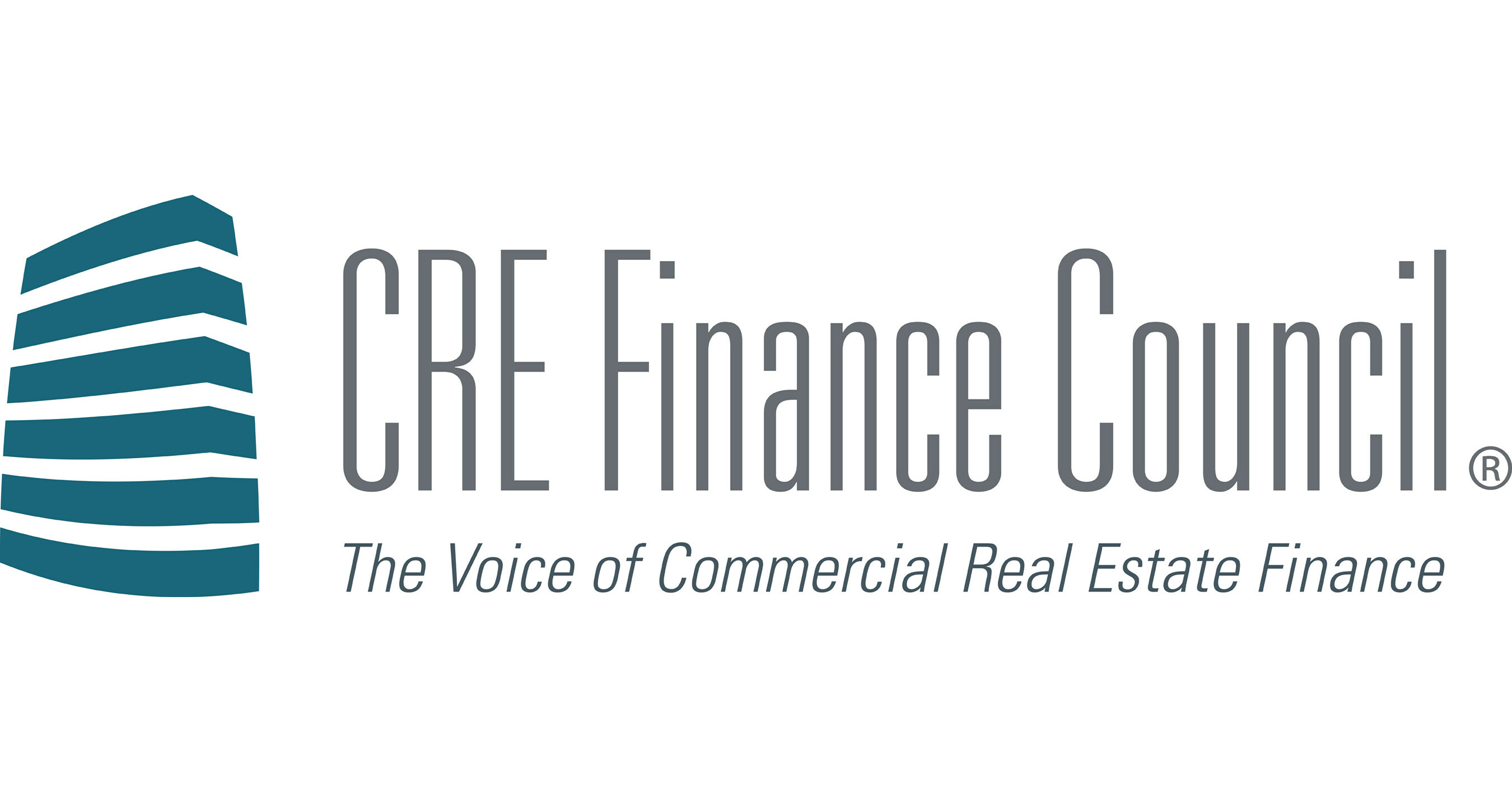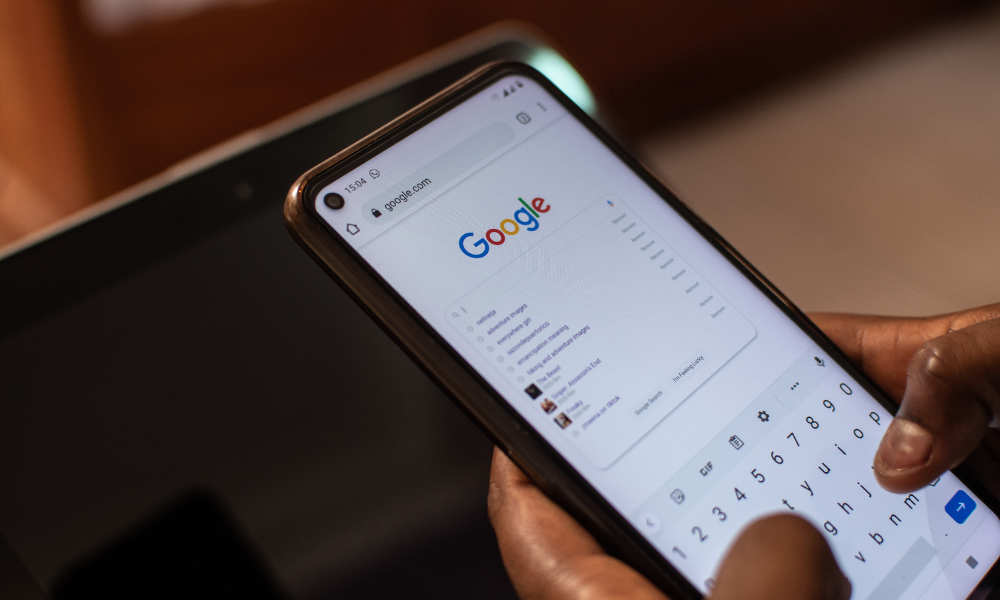M
oney is a commodity that society collectively accepts as a means of exchange, a unit for expressing prices, and a gauge of wealth. It moves from hand to hand and across borders, enabling trade without the need for a direct barter match. The concept of money has intrigued thinkers from Aristotle to the present, yet its modern form—paper notes and coins—remains a social construct whose value depends on shared belief.
The earliest paper money appeared in China over a millennium ago. By the late 1700s and early 1800s, paper currency and banknotes had spread worldwide. Coinage, however, dates back to pre‑2000 BCE Babylon, with standardized minted coins first attributed to Croesus of Lydia in the 7th century BCE. These early metals were the first widely accepted monetary units.
Money’s power lies in its social convention. People use it because they trust that others will accept it in return for goods or services. This mutual confidence gives paper notes value, even though they are merely paper. When that trust erodes—such as during hyperinflation or war—people abandon the currency for more reliable substitutes. Cigarettes and cognac served as temporary mediums of exchange in post‑World War II Germany, while in nations with chronic inflation (Argentina, Israel, Russia) prices are often quoted in U.S. dollars, which enjoy greater stability.
The primary function of money is to separate buying from selling, eliminating the double coincidence of barter. Credit could theoretically replace money, but it requires extensive information about the borrower and incurs verification costs that money avoids. With money, a seller can exchange surplus goods for a universally accepted medium, then use that medium to purchase desired items from anyone willing to sell.
Germany’s post‑war experience illustrates this function. Occupation authorities imposed price controls that devalued the Reichsmark, causing people to refuse transactions in the currency. Barter and alternative mediums like cigarettes proliferated, production fell, and the economy contracted. A later currency reform replaced the depreciated mark with a stable unit and lifted price controls, sparking the “economic miracle” of the late 1940s.
Beyond being a medium of exchange, money also serves as a temporary store of purchasing power—the “asset” function. Sellers hold proceeds until they can buy what they need, and buyers draw on that purchasing power to pay for goods. This dual role underpins modern economic activity.
Throughout history, various items have functioned as money, chosen by habit or social agreement. Examples include wampum beads among Native Americans, cowrie shells in India, whale teeth in Fiji, tobacco in early North America, stone disks on Yap, and cigarettes in post‑war Germany and prisons worldwide. The term “pecuniary,” derived from Latin *pecus* (cattle), reflects the ancient use of livestock as a medium of exchange.
Innovation has continually reshaped money’s form. From shells to metal to paper to digital tokens, each iteration reflects society’s evolving needs and trust in a shared medium. The enduring lesson is that money’s value is not inherent in its physical form but in the collective belief that it can be exchanged for goods, services, and future value.
